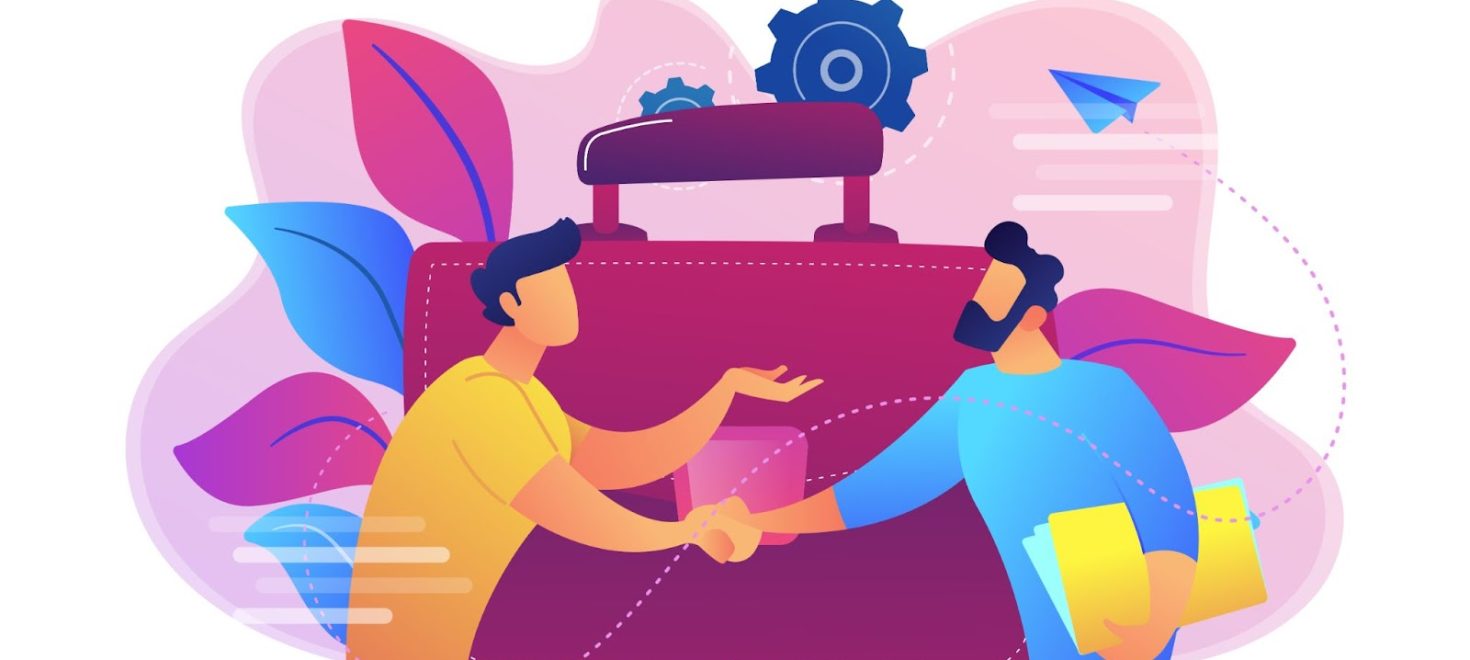As a business owner or professional, it’s inevitable that you’ll encounter difficult clients from time to time. Whether they’re unhappy with your products or services or have unrealistic expectations, handling these clients can be challenging and stressful. However, with the right approach, you can turn these situations into opportunities to build stronger relationships with your clients.
Listen and Understand
The first step in handling difficult clients is to understand their concerns. When a client is unhappy, it’s important to take the time to hear them out and try to understand their perspective. This means actively listening and asking questions to clarify their issues. Once the problem is clear, you can work together to find a suitable solution.
Stay Calm and Professional
When dealing with difficult clients, it’s important to remain professional at all times. While it can be tempting to respond emotionally, getting defensive or argumentative will only escalate the situation. Instead, focus on finding a solution to the issue at hand.
Set Clear Expectations
One way to prevent difficult situations from arising in the first place is to set clear expectations with your clients from the outset. This means being transparent about what you can and can’t achieve, and ensuring that your clients understand the limitations of your products or services. By setting clear expectations, you can reduce the likelihood of misunderstandings arising.
Be Empathetic
In addition to listening to your client’s concerns, it’s important to be empathetic to their situation. Put yourself in their shoes and try to understand how they’re feeling. By showing empathy, you can build trust and rapport with your clients, and they’ll be more likely to work with you to find a solution.
Offer Solutions, Not Excuses
When a client is unhappy, it can be tempting to offer excuses for why things went wrong. However, this won’t solve the problem. Instead, focus on offering solutions to the issue at hand. This could mean offering a refund or providing additional support or resources.
Follow Up
After resolving a difficult situation with a client, it’s important to follow up and ensure that they’re satisfied with the outcome. Send a follow-up email or make a phone call to check-in. This shows your clients that their satisfaction is important.
Learn from the Experience
Finally, it’s important to learn from difficult situations with clients. Take the time to reflect on what went wrong, and identify ways that you can improve your products, services, or communication to prevent similar situations from arising in the future. By learning from these experiences, you can also develop a deeper understanding of your client’s needs and expectations, which can help you better serve them in the future. Additionally, by taking ownership of the situation and proactively seeking solutions, you can build trust and strengthen your relationship with the client. Remember, difficult situations can often provide valuable learning opportunities, so embrace them as a chance to grow and improve.





